The spring equinox is here, and it is still cold in China, but flying over the equator to the southern end of the earth, Australia has already entered autumn. On the west coast, the local rock lobsters are ending their migration and living and floating among the deep-sea reefs; under the vast blue sky, the vegetation is dyed with colorful colors, and the fruits are colorful and ripe...
Australia is a very charming land, and each continent has its own distinctive characteristics. With diverse climates, stable natural environment of ecosystems, strict food safety supervision mechanisms, and clear quality organic certification systems, these unique advantages have made Australia a leader in the global food supply chain.
The 2023 SIAL Shanghai International Food Exhibition, which covers a wide range of product lines such as Australian agriculture, animal husbandry, processing industry, snacks, dairy products, wine, beverages, and health products, took the lead in launching an ambitious and enthusiastic high-five with the rich materials of the southern hemisphere.
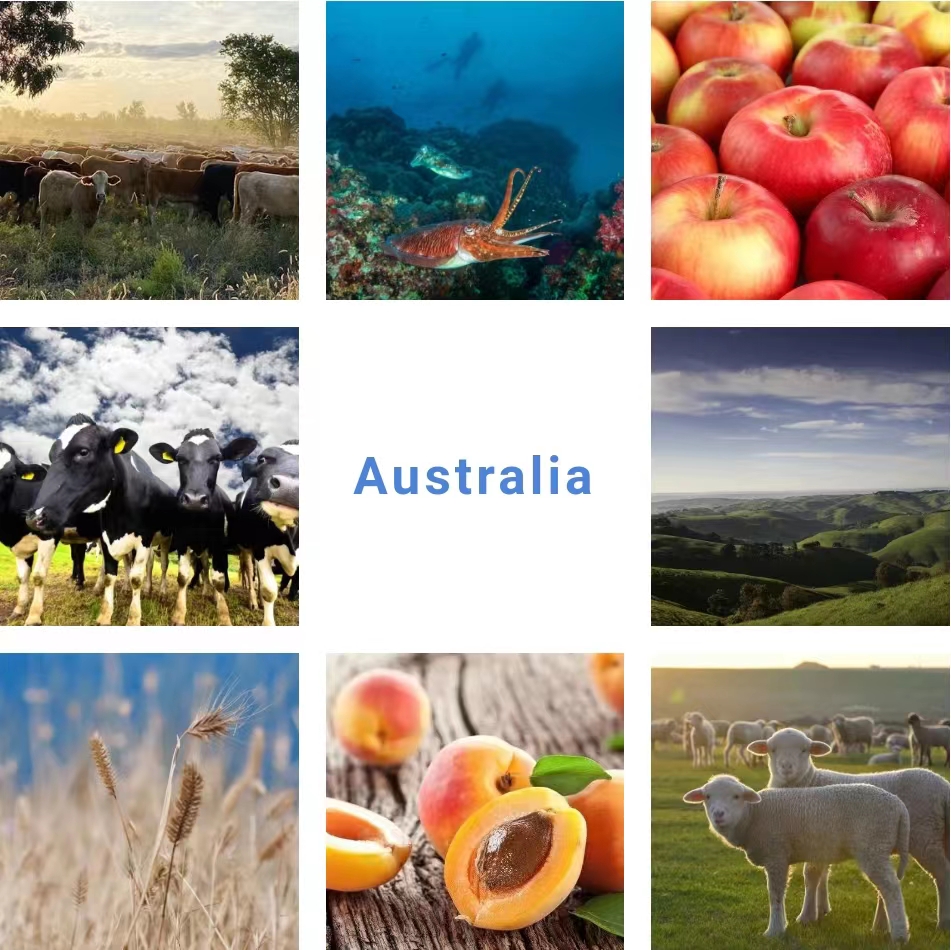
01 High-quality, natural and healthy red meat
Australia is known as the "country riding on the back of sheep". It has vast pastures and a pure and pollution-free breeding environment. From pasture to table, every piece of Australian red meat is a walking synonym for "natural health, excellent quality, and safe to enjoy".
As one of the most developed countries in the world in animal husbandry, Australia's unique geographical conditions surrounded by the sea form a large geographical distance from other continents, which almost eliminates the hidden dangers of animal husbandry being infected - it is a country recognized worldwide as having no major livestock infectious diseases (including foot-and-mouth disease).
In terms of breeding, except for a few large multinational companies, the rest are basically family-owned enterprises that mainly breed and produce, which are relatively scattered and adopt natural rather than industrialized breeding methods, thus forming a rich and diverse pig, cattle, sheep and poultry product line.

For Australian farmers, the welfare and health of animals during feeding, breeding, transportation and slaughtering are their top priority. They use a lot of research, development, innovation and efforts to maintain high standards of animal welfare through the supply chain. From the farm to the consumer's table, Australian pork, beef and mutton are produced under strict regulations, which also makes Australia's livestock happiness index among the best, and the meat it produces is more nutritious.
The safety of Australian meat mainly depends on its high-standard quality management system covering all links of the supply chain. On the one hand, Australia's national regulatory system is perfect and the punishment measures are very clear, from interviews, regular rectification, suspension of business, suspension of production, cancellation of qualifications, withdrawal of administrative licenses to criminal prosecution. On the other hand, Australia has established a full-process traceability system for meat production quality and safety covering the entire industry of pre-breeding, breeding, transportation, sales, processing, distribution and market. A strict and standardized quality management system is a solid guarantee for Australian meat products to always maintain a high-quality reputation.
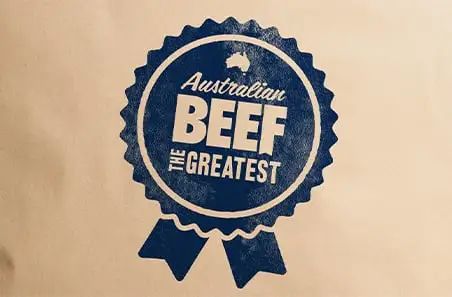
02 Juice and Jam "Sweeter than First Love"
Australia has rich quality fruits, and South Australia is the main producer of high-quality fruits and vegetables in Australia. Thanks to the Mediterranean climate, fertile soil and abundant water resources, it is rich in various fruits, vegetables and nuts.
Following the schedule of seasonal changes, food festivals and traditions, colorful fruits mature and fall in their own seasons. Diners who want to leave evidence of the fruit's presence can use glass bottles to seal the unique sweetness and beauty of different fruits in the form of juice and jam.
The Adelaide Hills is one of the largest and oldest production areas in South Australia. It is world-renowned for its fruit and vegetable growers, and is also home to some of Australia's oldest wineries. It also breeds beverage manufacturers with more than 100 years of experience in fruit and vegetable processing and production.
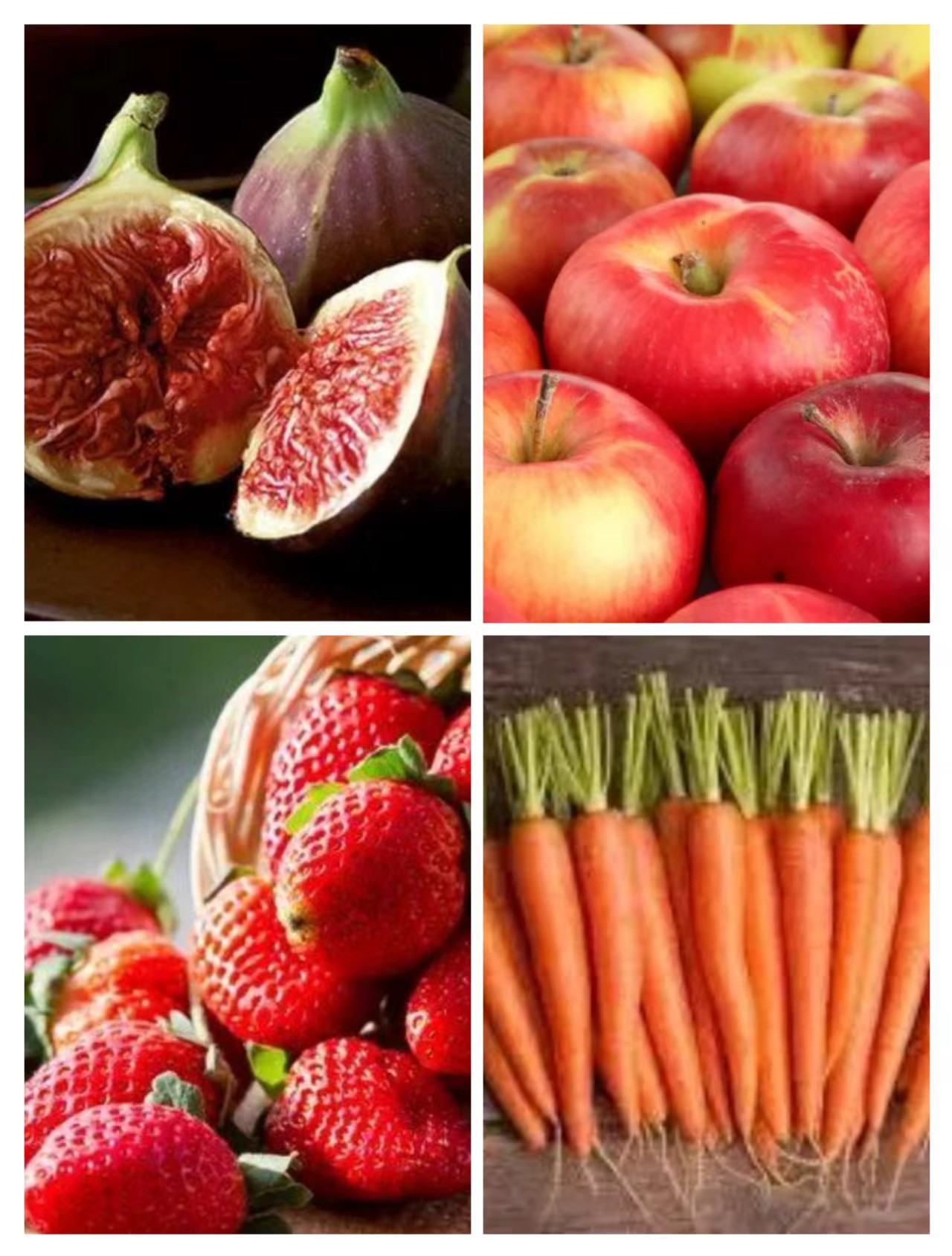
Juices born in the Adelaide Valley are squeezed from 100% fresh Australian fruits and then bottled in bottles that only contain squeezed natural juice. A 400ml bottle of juice contains at least 6 to 7 original fruits, and not even a drop of water is added. Before squeezing, the fruits are fresh enough to be eaten directly, just like they were just picked from the tree.
The cost of producing products of this quality is very high. In order to achieve the goal of long-term freshness without adding preservatives, international high-level pasteurization technology is used, so that the sterilized juice will not produce any bitterness, and the vitamins rich in the fruit itself will not be reduced.
Picking and boiling is the golden rule for South Australian manufacturers to make jams, and new storage and transportation technologies are used to ensure the freshness of the fruit to the greatest extent. Unscrew the lid of the jam, take a sip, and the taste of the four seasons will rush into your mouth and nose.
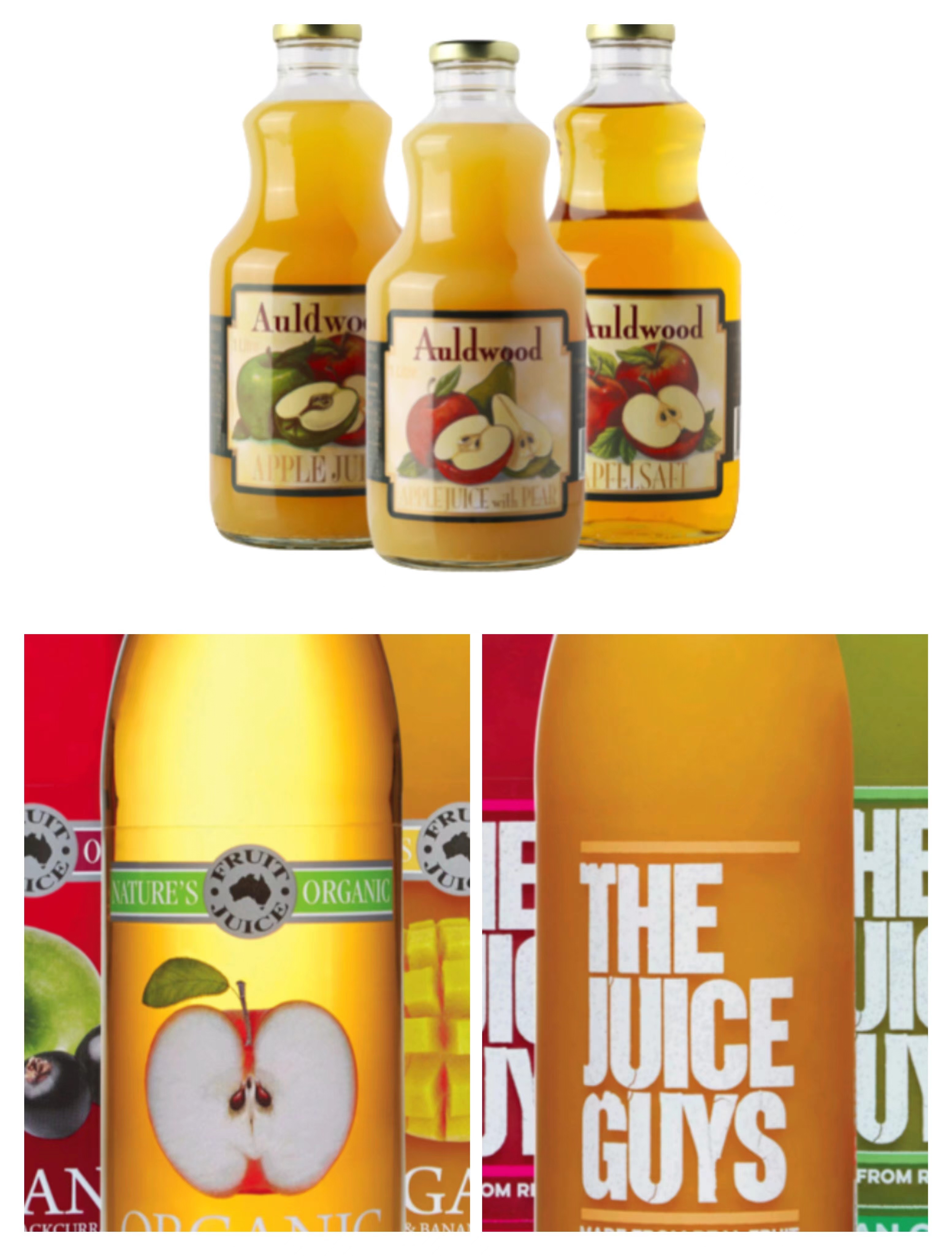
03 Healthy and nutritious oats
In recent years, Chinese people who pay attention to health and nutrition have begun to shift their intake of carbohydrates and staple foods from "refined carbohydrates" to "natural grains", and oats are one of them that have become increasingly popular.
As a high-nutrition grain, oats are rich in protein, dietary fiber, multiple B vitamins and multiple dietary minerals. At the same time, the dietary fiber oat beta-glucan contained in oat bran has been proven to lower cholesterol.
Australia's oat-producing areas are mainly in the grain-growing areas in the southwest of Western Australia, the Eyre and Yorke Peninsulas in South Australia, the western and northeastern Victoria, and the central New South Wales.

Australian oats are usually planted in May each year, and the crops rely on natural rainfall and abundant sunshine to grow. From October to December each year, after the crops mature, farmers harvest, collect and store them in warm and dry climate conditions. After on-site testing, oats that meet Australian oat standards can enter the warehouse. After the oats are stored, they must go through 6 impurity removal processes to ensure that the nutritional content and microbial count of each oat meet Australian standards.
From farm to bowl, the oats that are retained through layer-by-layer screening are full-kernel, uniform grains, and nutritious oats. The world's major health food, snack and breakfast cereal manufacturers also choose Australian oats because of their high milling yield, high hulling rate, low moisture and easy processing.
According to statistics from the General Administration of Customs of China, Australian oats accounted for more than 80% of China's total oat imports in at least the past three years.
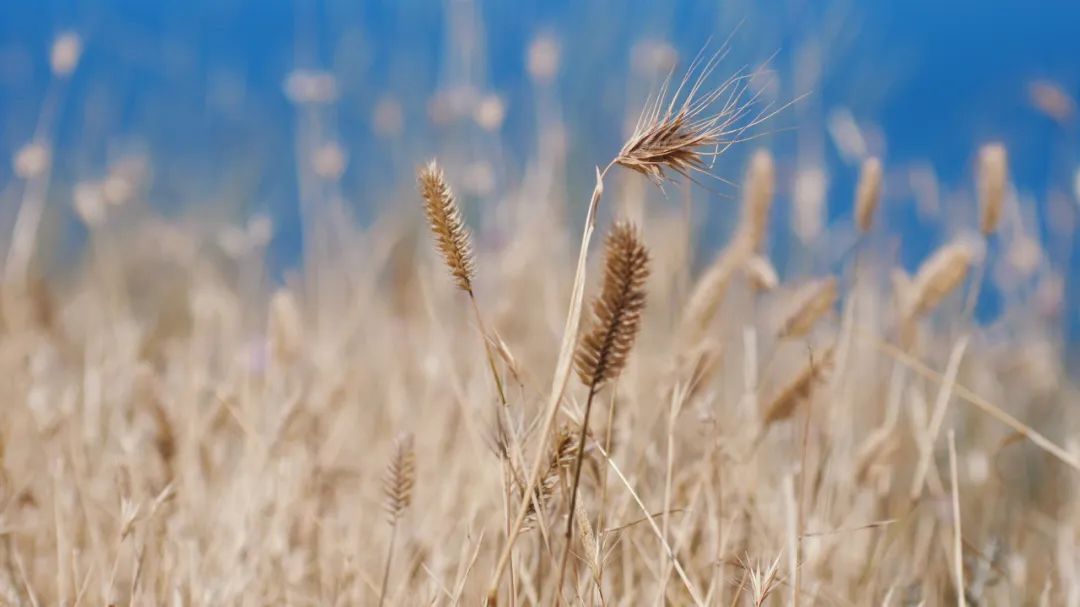
04 Dairy products in Victoria
Milk is cheaper than mineral water, which is one of Australia's characteristics.
Dairy industry is the third largest agricultural industry in Australia, producing 9.1 billion liters of raw milk each year, accounting for 8% of the world's trade share. Victoria, known as the "Dairy Kingdom", is the most representative, because it not only gathers 66% of Australia's dairy farms and produces 65% of Australia's milk, but also 86% of Australia's dairy exports are provided by Victoria.
Victoria is located on the southeast coast of the Australian continent. From a geographical distribution point of view, Victoria's dairy farms are mainly distributed in the northern, southwestern and eastern Gippsland regions. Victoria's animal husbandry mainly adopts the traditional grazing model. More than 3/4 of the pastures rely only on grass, or mainly rely on grass with a small amount of grain and hay as supplementary feed.
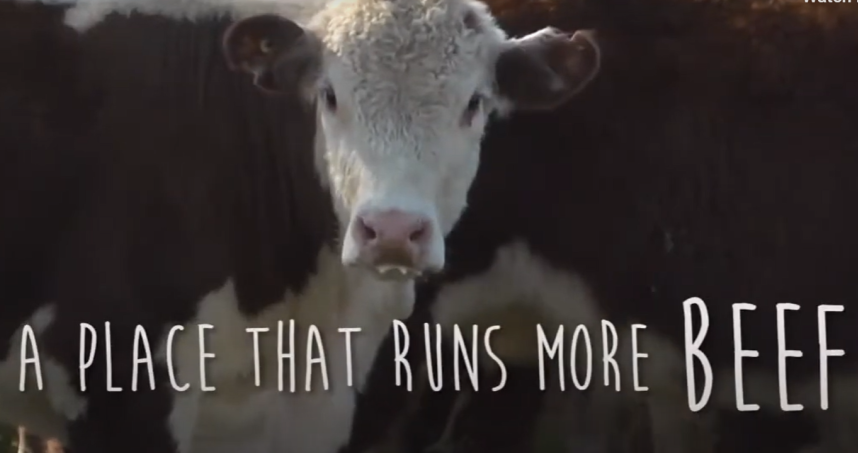
Australia implements strict quality control on the dairy industry and has established a complete quality management system from "pasture to table". For example, it manages land, pastures and cattle, registers and controls the use of chemical substances and pesticides, develops and promotes the improvement of grass seeds and dairy cow breeds; implements the "Hazard Analysis and Critical Control Points Control System" (HACCP) and the International Organization for Standardization (ISO) industry standards to monitor the quality of the production process; implements cold chain management during the circulation process, requiring all products to be labeled with traceable manufacturers, production dates and production batches; all dairy exports must be certified by the Australian Quarantine and Inspection Service (AQIS).
 Pages you might like
Pages you might like








 Exhibitions you may be interested in
Exhibitions you may be interested in
 Latest information
Latest information
 Follow official account
Follow official account
 Online support
Online support
 鄂ICP备2022017323号
鄂ICP备2022017323号
 鄂公网安备 42018502006493
鄂公网安备 42018502006493
 Launch Exhibition
Launch Exhibition
 Release information
Release information



 Today's topic
Today's topic









